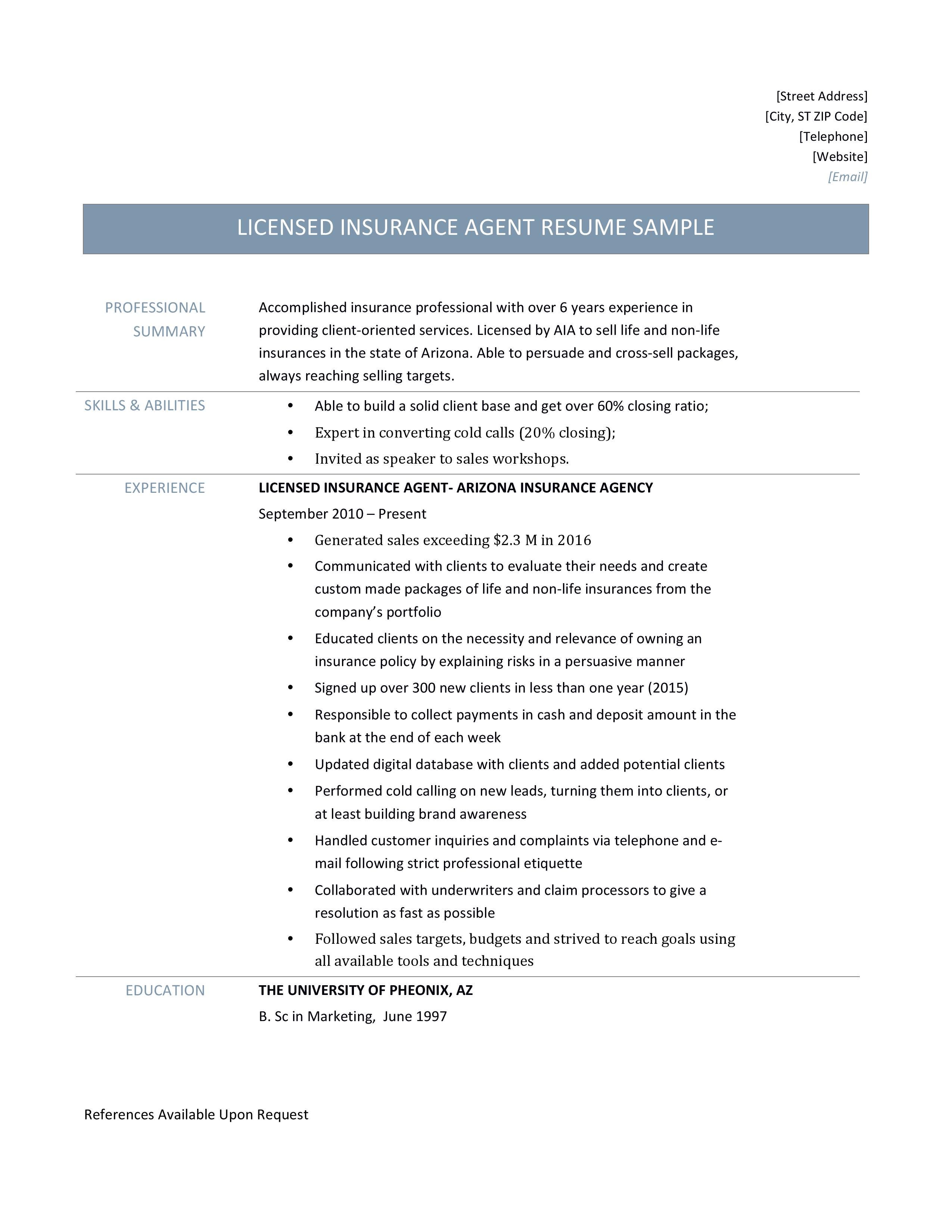But in the long run, the company might lose its ability to contend due to the fact that of its absence of new products. How Money Flows through a Service (Attribution: Copyright Rice University, OpenStax, under CC BY 4. 0 license.) This is true no matter a business's size or point in its life process.
The business, as soon as understood to customers mainly for cooking area products such as Corelle tableware and Pyrex heat-resistant glass cookware, is today a technology company that manufactures specific glass and ceramic items. It is a leading supplier of Gorilla Glass, an unique type of glass used for the screens of mobile gadgets, including the iPhone, the iPad, and gadgets powered by Google's Android operating system.
These line of product need big investments throughout their long research study and advancement (R&D) cycles and for plant and equipment once they go into production. This can be dangerous in the short term, but persevering can settle. In reality, Corning recently revealed plans to develop a different company division for Gorilla Glass, which now has more than 20 percent of the phone marketwith over 200 million devices offered.
Since 2017, Corning's dedication to repurposing a few of its technologies and establishing brand-new products has assisted the business's bottom line, increasing earnings in a current quarter by more than 16 percent. As the Corning situation demonstrates, monetary supervisors constantly aim for a balance between the chance for revenue and the potential for loss.
A basic concept in finance is that the higher the threat, the greater the return that is required. This extensively accepted concept is called the risk-return compromise. Financial managers consider numerous threat and return elements when making investment and funding choices. Among them are altering patterns of market need, rates of interest, general financial conditions, market conditions, and social problems (such as environmental impacts and equivalent employment chance policies).
Our Banzai Education For Personal Finance How Do They Make Money Ideas
The monetary manager should choose how much cash is needed and when, how finest to utilize the offered funds, and how to get the needed financing. The financial manager's obligations consist of financial planning, investing (pocket money), and funding (raising money). how to make passive money finance. Optimizing the value of the firm is the main objective of the monetary manager, whose choices frequently have long-term effects.
monetary management The art and science of handling a company's cash so that it can fulfill its goals. return The opportunity for revenue. danger The potential for loss or the chance that a financial investment will not accomplish the anticipated level of return. risk-return compromise A basic concept in finance that holds that the higher the danger, the higher the return that is needed.
Financial supervisors rank among the highest-paid professions in 2018, according to Bureau of Labor https://johnnyyfjn208.wordpress.com/2020/11/08/the-best-strategy-to-use-for-how-to-make-quixk-money-in-a-day-google-finance/ ... [+] Statistics information. Getty According to the Bureau of Labor Statistics (BLS), 22, monetary managers rank among the top-earning occupations in the United States, based on the most recent income data from 2018. In fact, when you exclude medical occupations from the list, monetary managers have the seventh-highest yearly mean wage in the country, making an average of $146,830 a year.

According to the BLS's Occupational Outlook Handbook, employment of monetary supervisors is predicted to grow by 19% much faster than average from 2016 to 2026. Nevertheless, not all states pay financial supervisors the very same salary. So, if you want to earn the most money in this field, read on for a complete breakdown of where monetary supervisors' incomes are the most affordable, and where their earnings are the highest.
Maryland Massachusetts New Jersey New York North Carolina Pennsylvania Texas Virginia Not surprisingly, several of these states consist of the list of the top-10 highest-paying states for financial managers. 1 New york city $210,510 2 New Jersey $175,880 3 Connecticut $167,160 4 Delaware $167,110 District of Columbia $166,710 5 Virginia $164,030 6 Colorado $163,740 7 California $157,480 8 Pennsylvania $156,730 9 Maryland $152,180 10 Texas $149,990 New York, New Jersey and Connecticut are barely unexpected, given the quality and amount of financial companies located in these states, centered upon New York City.
Rumored Buzz on How Does A Finance 3broker Make Money
Montana and Utah. The one exception is Alaska, located in the Pacific division of the U.S. 50 Idaho $95,690 49 Mississippi $101,840 48 West Virginia $102,670 47 New Mexico $104,790 46 Arkansas $106,530 45 Louisiana $106,950 44 Montana $109,940 43 Alaska $110,010 42 Utah $110,750 41 Tennessee $111,460 A lot of the lowest-paying states for monetary supervisors are likewise amongst the most affordable in regards to average household income.
Census Bureau's 2017 American Community Survey, No. 49 Mississippi has the lowest typical household income in the nation, $42,009; No. 46 Arkansas has the second-lowest home earnings, $43,813; and No. 48 West Virginia has the third-lowest mean home income in the U.S., $44,061. Here's a take a look at typical monetary supervisor incomes by state.
is consisted of as well. Below is the complete 50-state breakdown for monetary managers. 24 Alabama $128,690 43 Alaska $110,010 34 Arizona $117,620 46 Arkansas $106,530 7 California $157,480 6 Colorado $163,740 3 Connecticut $167,160 4 Delaware $167,110 District of Columbia $166,710 21 Florida $132,850 13 Georgia $145,920 32 Hawaii $118,740 50 Idaho $95,690 15 Illinois $144,680 30 Indiana $119,820 36 Iowa $114,620 23 Kansas $129,660 37 Kentucky $114,420 45 Louisiana $106,950 31 Maine $119,080 9 Maryland $152,180 12 Massachusetts $148,300 25 Michigan $128,270 20 Minnesota $133,970 49 Mississippi $101,840 16 Missouri $136,520 44 Montana $109,940 38 Nebraska $113,910 28 Nevada $123,890 27 New Hampshire $124,700 2 New Jersey $175,880 47 New Mexico $104,790 1 New york city $210,510 11 North Carolina $149,710 29 North Dakota $123,890 18 Ohio $135,610 40 Oklahoma $111,700 33 Oregon $118,680 8 Pennsylvania $156,730 14 Rhode Island $145,120 26 South Carolina $125,710 22 South Dakota $132,030 41 Tennessee $111,460 10 Texas $149,990 42 Utah $110,750 39 Vermont $113,610 5 Virginia $164,030 17 Washington $136,480 48 West Virginia $102,670 19 Wisconsin $134,850 35 Wyoming $116,920 In addition to current monetary supervisor wages by state, we took a look at modification over the years.
In Hawaii and Wisconsin, typical salaries for financial supervisors grew by more than a quarter from 2013 to 2018. And in 16 states, plus D.C., typical annual raise by 20% or more.
The dealership financing supervisor is among the most complex and highest-paid positions in automotive retail. Though a six-figure salary waits for a top F&I manager, so does the pressure to make up for diminishing front-end earnings margins and the burden of maintaining compliance requirements. As new-vehicle margins melt away, structuring a pay plan that rewards one of the most significant earners in a dealership but still makes sure the task is done ethically and legally is among dealers' greatest challenges, vehicle retail experts said.

How Much Money Do You Actually Make In A Finance Internship - Questions
F&I supervisors' pay is largely based upon product sales and finance reserve the retail margin dealers make for setting up a loan. In 2016, F&I managers made $138,209 usually nationally, while 14 percent made more than $200,000, according to the National Automobile Dealers Association's 2017 Dealership Workforce Research Study. That compares with an average salary of $130,342 for sales managers and $115,082 for parts supervisors.